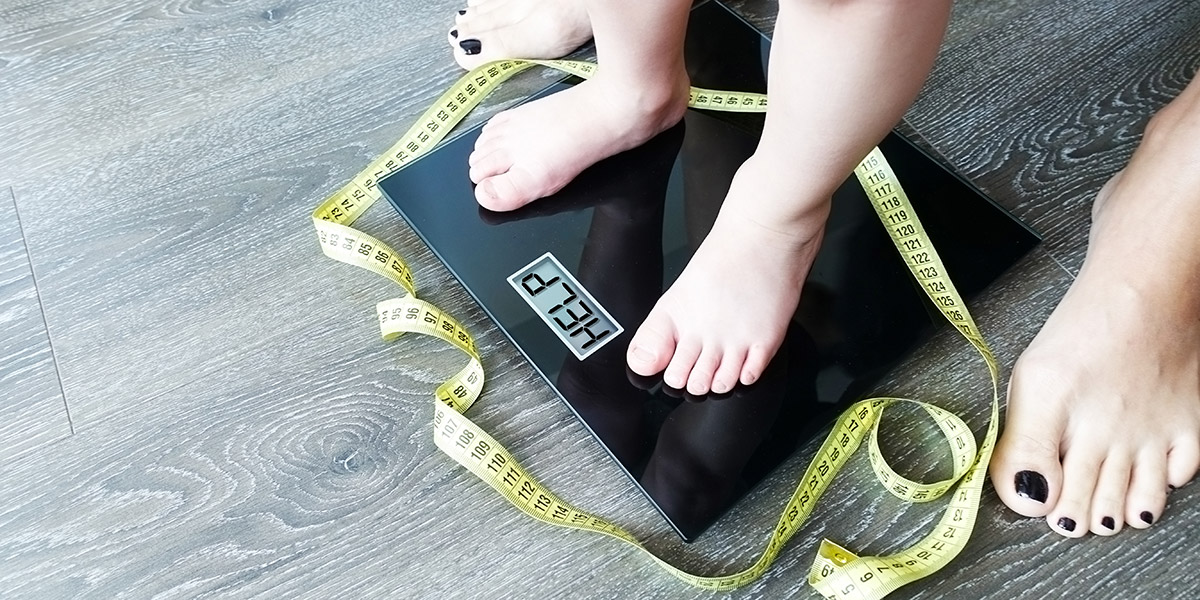
More and more children suffer from obesity every year due to inactivity and unhealthy lifestyles. Putting your children on strict diets is not the solution! In treating most overweight children, the main emphasis should be to prevent weight gain exceeding expected increases in height.
For many children, this may mean limited or no weight gain while they grow taller.
The question is what can mothers do to prevent this?
When trying to help your child maintain a healthy weight, balance is the Key! It is very important that your children’s calorie intake is equivalent to the calories used for their physical activity and normal growth.
It is important to note that your children live by example; and parents play a crucial role in the lifestyle of their children. By offering your children healthy snacks and nutritious meals (with an appropriate number of calories) throughout the day, you can’t go wrong. After all, being healthy is a lifestyle choice, not a temporary phase.
Here are a few helpful tips to help you out!
- Encourage healthy eating habits. Small changes can lead to a recipe for success!
- Provide plenty of vegetables, fruits and whole-grain products.
- Include low-fat or non-fat milk or dairy products.
- Choose lean meats, poultry, fish, lentils and beans for protein.
- Serve reasonably sized portions.
- Encourage your family to drink lots of water.
- Limit sugar-sweetened beverages, sugar, sodium and saturated fat.
- Make favorite dishes healthier. Some of your favorite recipes can be healthier with a few changes. You can also try some new heart-healthy dishes that might just become favorites too!
- Remove calorie-rich temptations. Treats are OK in moderation, but limiting high-fat and high-sugar or salty snacks can also help your children develop healthy eating habits. Here are examples of easy-to-prepare, low-fat and low-sugar treats that are 100 calories or less:
- A medium-size apple
- A medium-size banana
- 1 cup blueberries
- 1 cup grapes
- 1 cup carrots, broccoli, or bell peppers with 2 tbsp. hummus
- Help your kids understand the benefits of being physically active. Teach them that physical activity has great health benefits like:
- Strengthening bone
- Decreasing blood pressure
- Reducing stress and anxiety
- Increasing self-esteem
- Helping with weight management
- Help kids stay active.
- Children and teens should participate in at least 60 minutes of moderate-intensity physical activity most days of the week, and every day if possible. You can set a great example! Start adding physical activity to your own daily routine and encourage your child to join you. Some examples of moderate-intensity physical activity include:
- Brisk walking
- Playing tag
- Jumping rope
- Playing soccer
- Swimming
- Dancing
- Reduce sedentary time. Although quiet time for reading and homework is fine, limit “screen time” (TV, video games, Internet) to no more than two hours a day. The American Academy of Pediatrics doesn’t recommend TV for kids age 2 or younger.
Encourage your children to find fun activities to do with family members or on their own that simply involve more activity.




